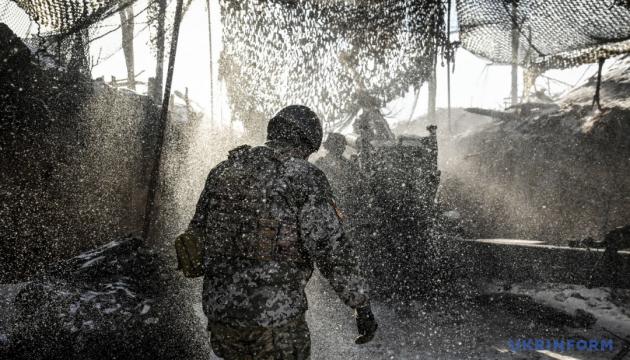 The cops shot 16-year-old Mariam in the back on 28 January, a live round fired from the roof of the Saida Zeinab police station in the slums of Cairo's old city at the height of the government violence aimed at quelling the revolution, a pot shot of contempt by Mubarak's forces for the homeless street children of Egypt.
The cops shot 16-year-old Mariam in the back on 28 January, a live round fired from the roof of the Saida Zeinab police station in the slums of Cairo's old city at the height of the government violence aimed at quelling the revolution, a pot shot of contempt by Mubarak's forces for the homeless street children of Egypt.
She had gone to the police with up to a hundred other beggar boys and girls to demand the release of her friend, 16-year-old Ismail Yassin, who had already been dragged inside the station. Some of the kids outside were only nine years old. Maybe that's why the first policeman on the roof fired warning bullets into the air.
Then he shot Mariam. She was taking pictures of the police on her mobile phone, but fell to the ground with a bullet in her back. The other children carried her to the nearby Mounira hospital – where the staff apparently refused to admit her – and then to the Ahmed Maher hospital, where the bullet was removed.
Ismail was freed and made his way to Tahrir Square, where the pro-democracy protesters were under attack by armed men. He was wandering up Khairat Street – drawn towards violence like all the homeless of Cairo – when an unknown gunmen shot him in the head and killed him.
They are everywhere in the capital, the 50,000 street children of Cairo, Mubarak's shameful, unspoken legacy, the detritus of the poor and the defenceless, orphans and outcasts, glue-sniffers, many of them drug-addicted, as young as five, the girls often arrested and – according to the children and charity workers – sexually molested by the police.





 According to Ukrinform, the General Staff of the Ukrainian Armed Forces reported this on Facebook, releasing...
According to Ukrinform, the General Staff of the Ukrainian Armed Forces reported this on Facebook, releasing... As uncertainty simmers in Venezuela, interim President Delcy Rodríguez has taken the place of her ally...
As uncertainty simmers in Venezuela, interim President Delcy Rodríguez has taken the place of her ally... Assata Shakur, a Black liberation activist who was given political asylum in Cuba after her 1979...
Assata Shakur, a Black liberation activist who was given political asylum in Cuba after her 1979... A day after the U.S. military toppled Venezuelan leader Nicolás Maduro, President Donald Trump appeared to...
A day after the U.S. military toppled Venezuelan leader Nicolás Maduro, President Donald Trump appeared to...






























